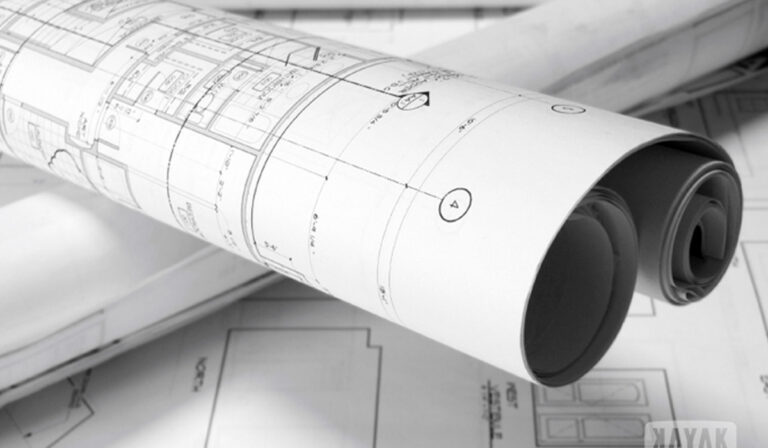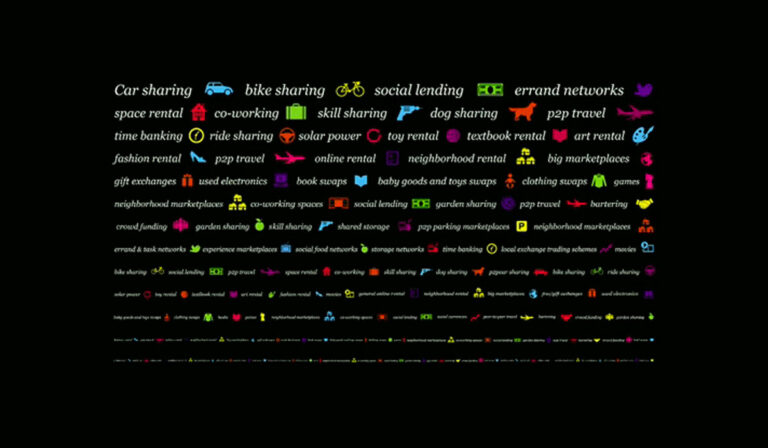Yup, You’re Stressing Your Clients Out
Somewhere around a decade ago, I was enjoying one of my regular coffee chats with my elderly uncle Wally. He’s an exceptional fine artist who has spent 70-plus years painting some of the most incredibly detailed wilderness scenes you’ll ever encounter. We generally talked about family, art, business, and people as well.
On one such occasion, I confided in him that my recent visual design presentations were not going so well. That many of my favourite pieces were being rejected and that the ones I considered weaker were getting the green light. It was quite frustrating.
Always game to troubleshoot, my uncle asked me to mock present to him.
Pulling a number of brochure designs from my bag, I began. There were three, one of which I really believed was the winner, and two alternates, just in case. First, came my favourite, then the two other designs. I discussed the merits of each piece, voiced a few pros and cons… I pitched.
At the end of the presentation, he sat quietly for several moments. (I could almost hear the gears turning.) Thoughtful consideration was normal for him. There was no rush when we were visiting.
Stop Stressing out Your Clients
Finally, he lifted his head and said, “Randy, you put the client in a position of stress. By presenting multiple options, you are asking them to make a choice. It’s instinctual for us – human nature even – to want to reduce stress. Thus, a decision is made to to reject the first item that you presented. With their stress level reduced, the individual is then able to look more objectively at the next item presented. Typically, that means the second option is now the front runner. The third is simply there for comparison against the second. Unless that third item is significantly better than the second, it is discarded as well.”
To test my uncle’s theory, I placed my favourite item into position number 2 at my next presentation, and it was chosen. I was ecstatic! Finally, the one I liked won.
I tested his theory several more times and found that in only one instance, number 3 was chosen. The rest of the times, number 2 won.
The Perils of Pre-determination
It didn’t take me long to realize that I could essentially know the outcome of my presentations before they began. Then it hit me… doing so was manipulative, and I was ashamed.
My uncle had solved my problem as requested. But he left it up to me to solve the ethical part (lessons learned in such a way tend to stick.)
New Presentation Challenges
I then set out to find a new, constructive way to present my design work, briefly experimenting with some rather fun techniques, such as putting each item into unmarked envelopes and asking clients around the table to randomly select one at a time, note pros/cons and return the item to the envelope before randomly selecting the next, then comparing notes and discussing merits prior to making a decision.
What’s the Point of Presenting? Well, to Communicate of Course.
Since then, our focus changed from presenting ‘visual’ design, to crafting messages that communicate and optimizing content pieces in all their forms towards what readers and especially prospects want.
The change eliminated those old emotional parts of the decision-making process (for us and our clients, alike), allowing greater focus on presenting information in a manner that gets the message across.
I’m sharing this story with you because I was inspired by a piece I read this morning by Alex Birkett.
In a Nutshell
Our communication-first approach makes connecting with prospects the focus rather than the design. We work with our clients to make sure that when we are discussing concepts and solutions, the conversations are about what will be the most effective at connecting with the target audience and generating leads.
By approaching our work this way, we’ve found that we are able to have more meaningful and productive conversations with our clients and with their customers. And we are able to achieve bigger successes. I hope my uncle Wally and I have given you something to think about over your next coffee or before your next presentation. Cheers to the many successes to come for all of us.
{{cta(‘3f51a4cb-c895-4bd6-ae66-8ee644000128’)}}






